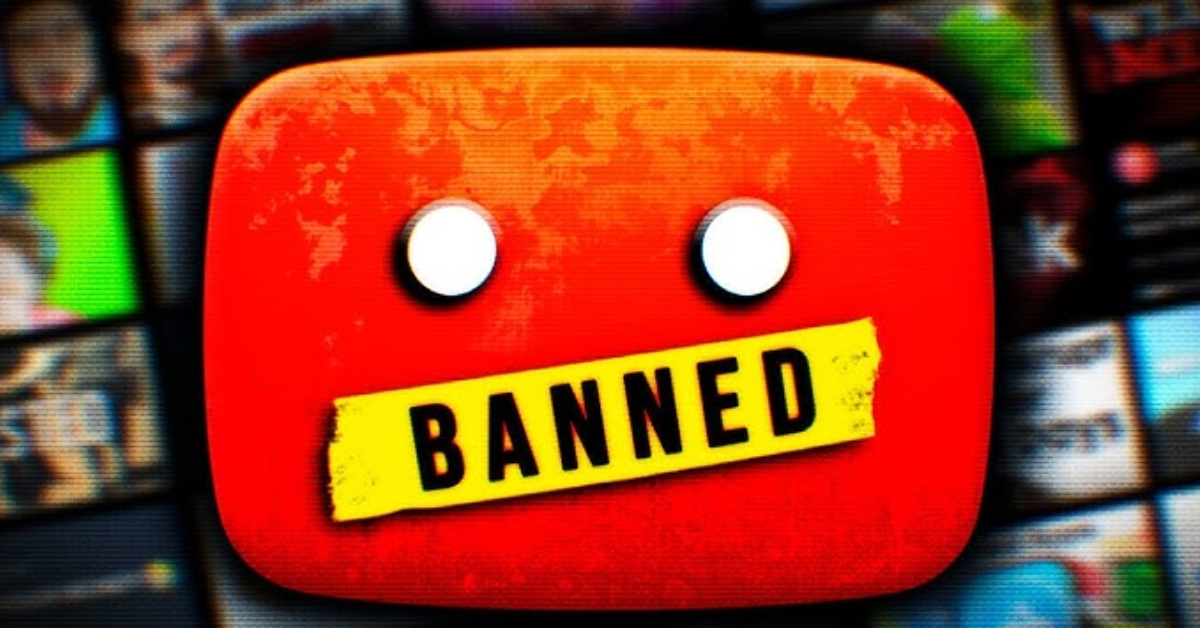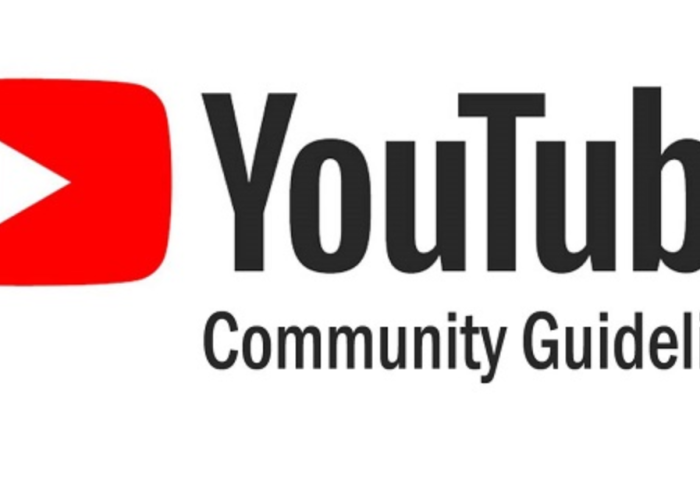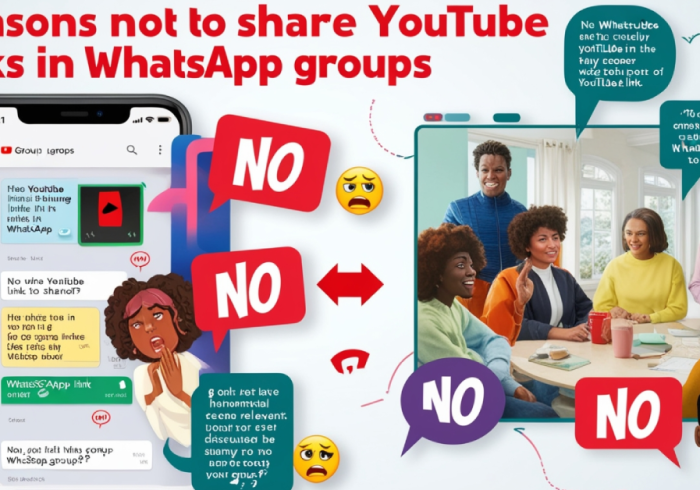YouTube’s algorithm is designed to recognize organic engagement, meaning subscriptions and views should come from genuine interest. Participating in Sub4Sub can lead to artificially inflated subscriber numbers, which violates YouTube’s terms of service. Channels that engage in this practice can face penalties ranging from strikes to bans.
How to avoid it: Focus on creating high-quality content that naturally attracts subscribers. Build your audience through authentic interactions, and let your channel grow organically through engagement and value.
3. Buying Fake Views or Subscribers
The temptation to purchase fake views or subscribers is strong, especially for new creators wanting to boost their credibility quickly. However, this is one of the most dangerous tricks a channel can employ.
Why it’s dangerous: Buying fake views or subscribers is a violation of YouTube’s policies against artificial engagement. Not only will this result in penalties or a ban, but it can also damage your reputation. YouTube’s algorithm is sophisticated enough to detect inflated metrics and will often take action against channels caught engaging in this activity.
How to avoid it: Focus on organic growth through consistent content creation, proper promotion, and building genuine connections with your audience. Patience is key when it comes to growing your channel authentically.
4. Using Copyrighted Material Without Permission
One of the most common ways creators get their channels banned is by uploading copyrighted content without proper permissions or fair use justification. Whether it’s music, video clips, or even images, using someone else’s content without permission can result in a strike or a complete channel ban.
Why it’s dangerous: Copyright infringement is taken seriously by YouTube. Repeated violations can result in a channel being permanently banned or demonetized. Even if you’re not aware that you’re using copyrighted content, the responsibility falls on the creator to ensure they have the right to use the material.
How to avoid it: Always use content that you either own or have permission to use. Explore YouTube’s extensive library of royalty-free music and videos, or create your own content. If you use someone else’s material under fair use, make sure it’s transformative and complies with YouTube’s guidelines.
5. Engaging in Spamming or Scamming
Spamming and scamming behaviors, such as misleading links, excessive self-promotion in comments, or trying to manipulate the algorithm through excessive keyword stuffing, can lead to your channel being banned.
Why it’s dangerous: Spamming is one of the most direct ways to violate YouTube’s community guidelines. Engaging in spammy practices can annoy viewers, distort the platform’s integrity, and result in a ban if you repeatedly break these rules.
How to avoid it: Keep your content relevant and free from disruptive behavior like spamming links or manipulating metadata. Focus on building a community based on genuine engagement rather than deceptive practices.
6. Encouraging Harmful or Dangerous Activities
Promoting dangerous or harmful activities in your content can quickly get your channel banned. Whether it’s promoting violence, harmful challenges, or unsafe behavior, YouTube takes this very seriously.
Why it’s dangerous: YouTube’s policies prohibit content that encourages harmful or dangerous activities, including anything that could result in physical injury or endanger others. Encouraging such behaviors can lead to immediate channel suspension or a complete ban.
How to avoid it: Create content that promotes positivity, safety, and well-being. Avoid controversial challenges or stunts that could be perceived as dangerous by viewers or YouTube’s moderation systems.
7. Repeatedly Violating YouTube’s Community Guidelines
If you continuously violate YouTube’s community guidelines, even if it’s unintentional, you could eventually face a permanent ban. Whether it’s hate speech, harassment, adult content, or other violations, YouTube has a zero-tolerance policy for repeated offenses.
Why it’s dangerous: Repeated violations can accumulate strikes against your account, and if you reach three strikes within 90 days, your channel will be banned.
How to avoid it: Familiarize yourself with YouTube’s community guidelines and always strive to create content that complies with the platform’s rules. Regularly review your content to ensure it aligns with the latest policy changes.
8. Inserting Malware or Viruses into Video Links or Descriptions
Some creators use malware or viruses in video links, hoping to trick viewers into visiting malicious sites. This practice not only jeopardizes your channel’s reputation but also puts your audience at risk.
Why it’s dangerous: Malware distribution is a serious offense on YouTube. Not only can this result in a permanent ban, but you can also face legal consequences. YouTube is committed to keeping its platform safe, and distributing harmful software is strictly prohibited.
How to avoid it: Ensure that all links in your video descriptions are safe, relevant, and lead to trustworthy websites. If you’re promoting products or services, make sure they comply with YouTube’s policies.
Final Thoughts: Build Your Channel the Right Way
The allure of quick tricks to boost your channel’s popularity can be strong, but remember that YouTube’s guidelines are in place to ensure a safe, fair, and genuine platform for all users. By adhering to these rules and focusing on creating high-quality, authentic content, you can avoid the dangerous pitfalls that could lead to a ban. Stay informed about YouTube’s evolving policies, engage with your audience ethically, and watch your channel grow over time.



